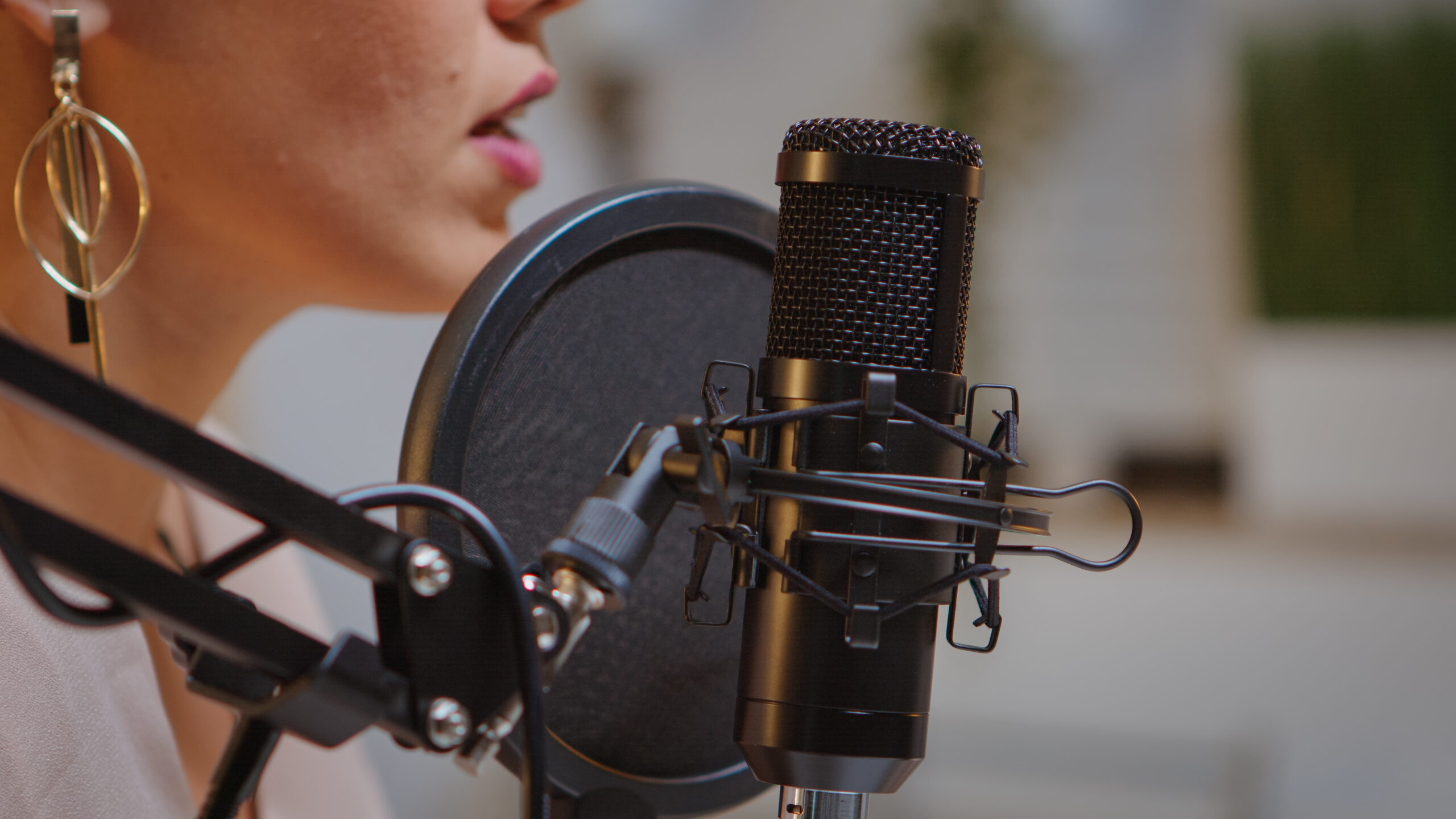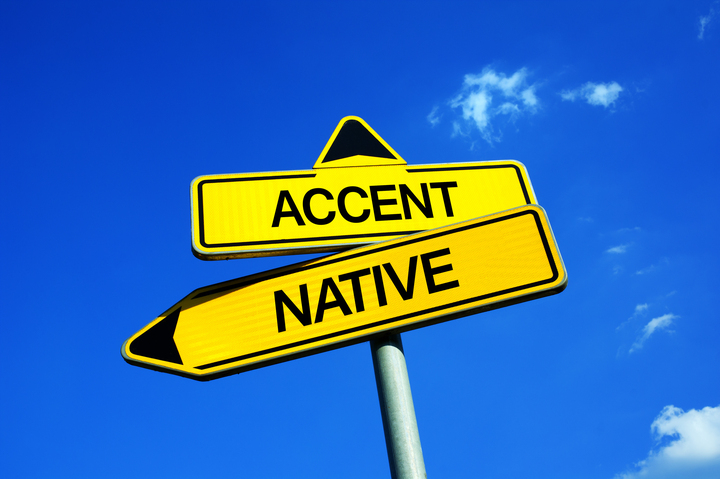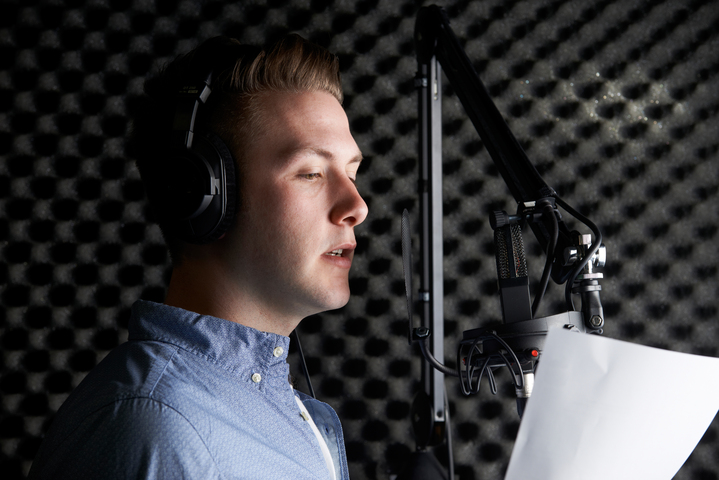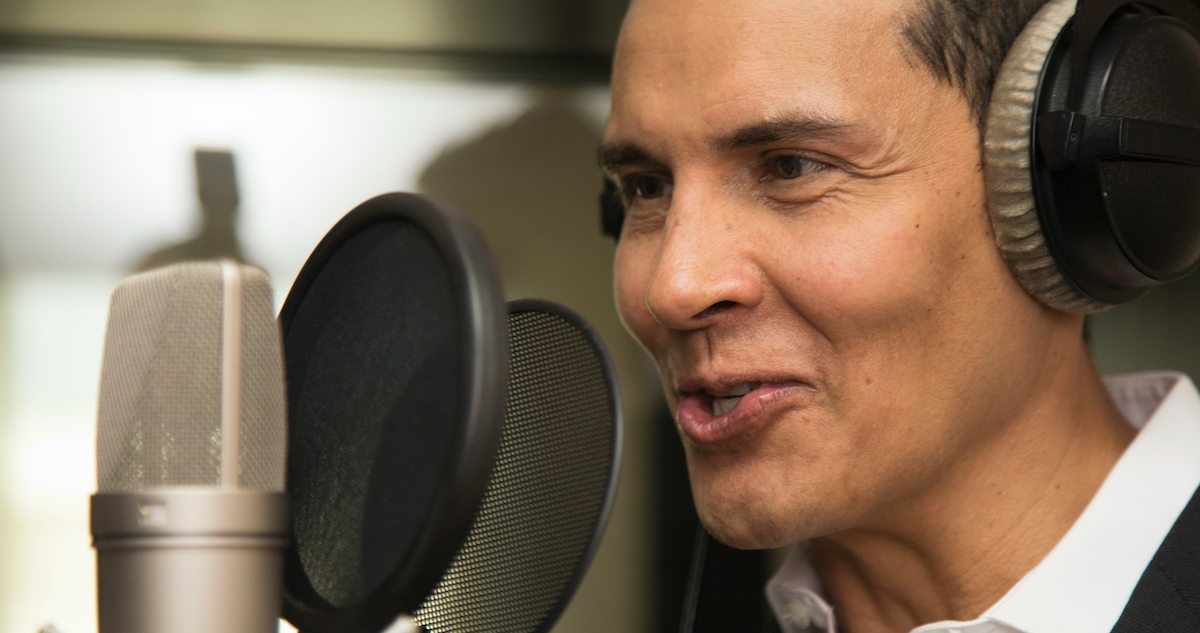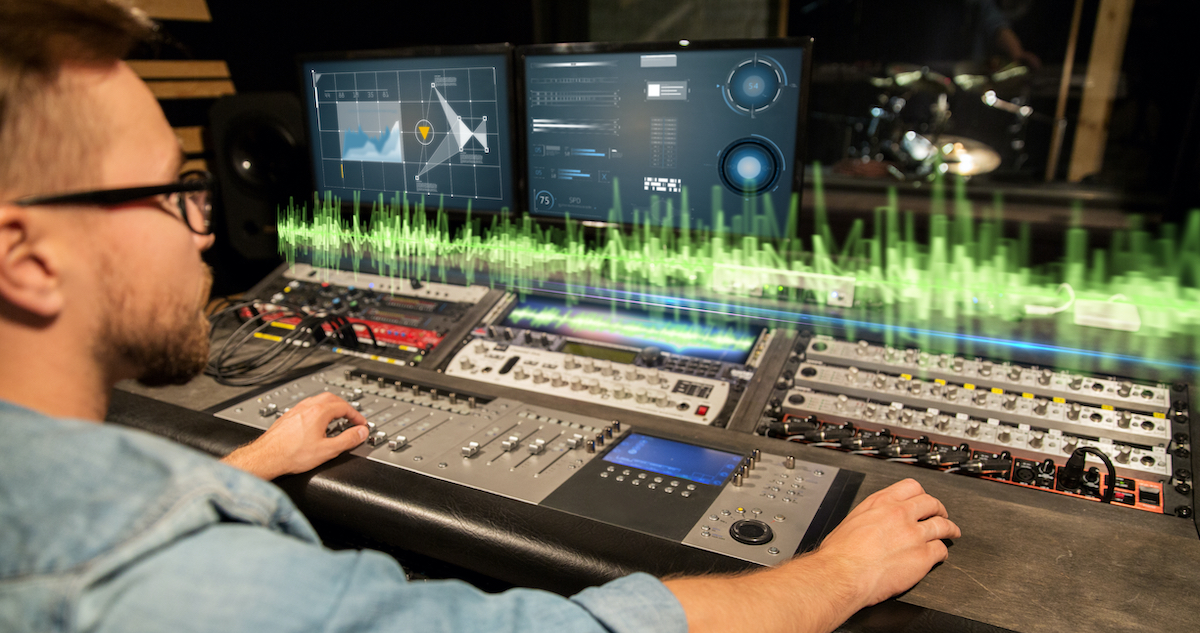Dialect vs. accent – it’s the age-old debate of whether cotton candy is really candy floss and if Caramel is pronounced as Car-mel or Cara-mel? With over 1.5 billion English speakers worldwide, dialect and accent differences depend on age, background, city, and ethnicity. But, with over 160 different English accents worldwide, each term also represents unique speech patterns. Something that features uniquely in films, commercials, TV shows, and more.
Now, at Voice123 – where you’ll find multitalented voice actors – we believe in the authentic pull of nuanced languages. So, in this post, we’ll explore the difference between dialect vs. accent, their individual factors, and how to use them effectively in voice overs.
Prepare to enter a world where dialects paint the words and accents add the melody.
Watch our tutorial on dialect vs. accent
What is the difference between dialect vs. accent

A dialect is a language form spoken in specific regions or social groups by using unique words, grammar rules, sentence structures, and idiomatic expressions. An accent is how a language or dialect is pronounced with specific sounds, intonation, and rhythm without changing vocabulary or grammar. The main difference between dialect vs. accent is that dialects have distinct linguistic differences, like precise words and sentence structures, while accents focus on how the language is pronounced.
Two standard dialects in the U.S. are Southern American English from Alabama and New England English from Massachusetts. Each has a separate vocabulary and grammatical structure, making it identifiable to the hearer. In British English, the Received Pronunciation (RP) from Oxford and the Scouse accent from Liverpool follow the same grammar structure but have separate pronunciation patterns and intonations pinpointing their commonly spoken location. Here’s a breakdown of the difference between dialect vs. accent.
What is a dialect
A dialect is a version of a language spoken in a particular region or group of people. It includes variations in words, phrases, grammar rules, and pronunciation that differ from the standard way of speaking that language. This distinct speech pattern makes communication unique to a specific community or area. So, a U.S. speaker will ask, “Would you like some tea?” or “Can I have a cookie?” But a British speaker will ask, “Fancy a cuppa?” or “Can I get a biscuit?” It’s the same language and ideas, but the vocabulary, grammar, and pronunciation create distinct differences known as dialects.
What is an accent
An accent is how consonants, vowels, and syllables are pronounced in certain countries or areas with varying pitch, pace, and intonation. They’re usually associated with second language speakers who pronounce words with hints of their mother tongue accent. So, Lieutenant would be Loo-ten-ant with an American accent but Lef-ten-ant with a British accent. Accents also differ in the same country. Southern, Northern, and Midwestern are 3 standard American accents. A Southern accent has slower enunciated vowels; a Northern accent has flatter vowel sounds; the ‘s’ and ‘z’ consonants change to a ‘sh’ sound, and the Midwestern accent has short vowels like ‘I baht a bee at,’ instead of ‘I bought a bat.’
Dialect and accent in voice overs
The difference between dialect vs. accent in voice over is crucial to character representation in everything from films to commercials. This is true for all vocal performances with a dialect and accent; they must be relatable to audiences so they can identify with your brand, video, commercial, or film. Talented voice actors can master dialects and accents to embody characters from diverse backgrounds or regions. For example, in Where the Crawdads Sing, London-born actress Daisy Edgar-Jones uses a North Carolina accent to capture the lead character’s nuances and vocal inflection. In your voice over project, British and American English each represent distinct dialects with varied vocabulary. For example, it’s a boot in the UK but a trunk in the U.S. The pronunciation of the word schedule also changes, from sked-yool in the U.S. to shed-yool in the UK. Interested in using a specific dialect and accent voice actor in your next project? Get in touch with our account management team via managedservices@voice123.com.
5 essential dialect and accent points for voice overs

- Avoid misunderstandings with literal connotations. For example, the expression using your loaf might be understood as using your bread, while having no backbone could mean having no spine.
- Keep your phrases direct. When addressing an audience with little knowledge of idiomatic expressions, it’s best to say wait instead of hold your horses.
- Discuss specifics with the voice actor. Voice actors can avoid or employ specific dialects and accents. They would replace their R sounds with an H at the end of words in the New York dialect.
- Consider vocals and visuals. Do your dialect and accent complement the on-screen images? eLearning videos are educational, so hire a voice actor with a neutral accent.
- Identify confusing words. In some regions, pop is a term for father or grandfather; in others, it’s a soda or cola. So, ensure your script uses universally recognized terms, preventing confusion.
Final thoughts on dialect vs. accent
Now, folks, whether local or foreign, knowing the difference between dialect and accent is a powerful tool for conveying stories and forging audience connections across diverse cultures. With their unique vocabulary and grammar, dialects speak volumes about a region’s heritage and identity, adding depth to narratives. Accents infuse character and emotion into words, painting a vivid picture through pronunciation, rhythm, and intonation.
So, whether you need a southern accent or an Australian English dialect, you can hire the talented voice acting pros on Voice123 or work with our Managed Services team to complete your project.
Because when you combine the right vocal nuances with the best dialect and accent, your project is already a hit!
FAQs on dialect vs. accent
A dialect is the specific form of a language spoken by a particular group with unique vocabulary, grammar, and pronunciation. An accent focuses on pronunciation differences within a language without altering the grammar or vocabulary.
It’s both because ‘British English’ refers to the variations in the United Kingdom’s language usage, vocabulary, grammar, and pronunciation. It has dialects like Scottish and Welsh English and accents like Received Pronunciation and Cockney with unique speech patterns.
Dialect is a broader linguistic system, including vocabulary, grammar, and pronunciation spoken in a specific region or social group. An accent is the pronunciation difference within a language, and a register is the variation in language based on social context, formality, or situations like technical or colloquial language.
There are numerous American English dialects, like Southern, Midwestern, Northeastern, and Western, which each have distinct linguistic features in vocabulary, grammar, and pronunciation. These dialects reflect historical, social, and geographical differences across different parts of the United States.





